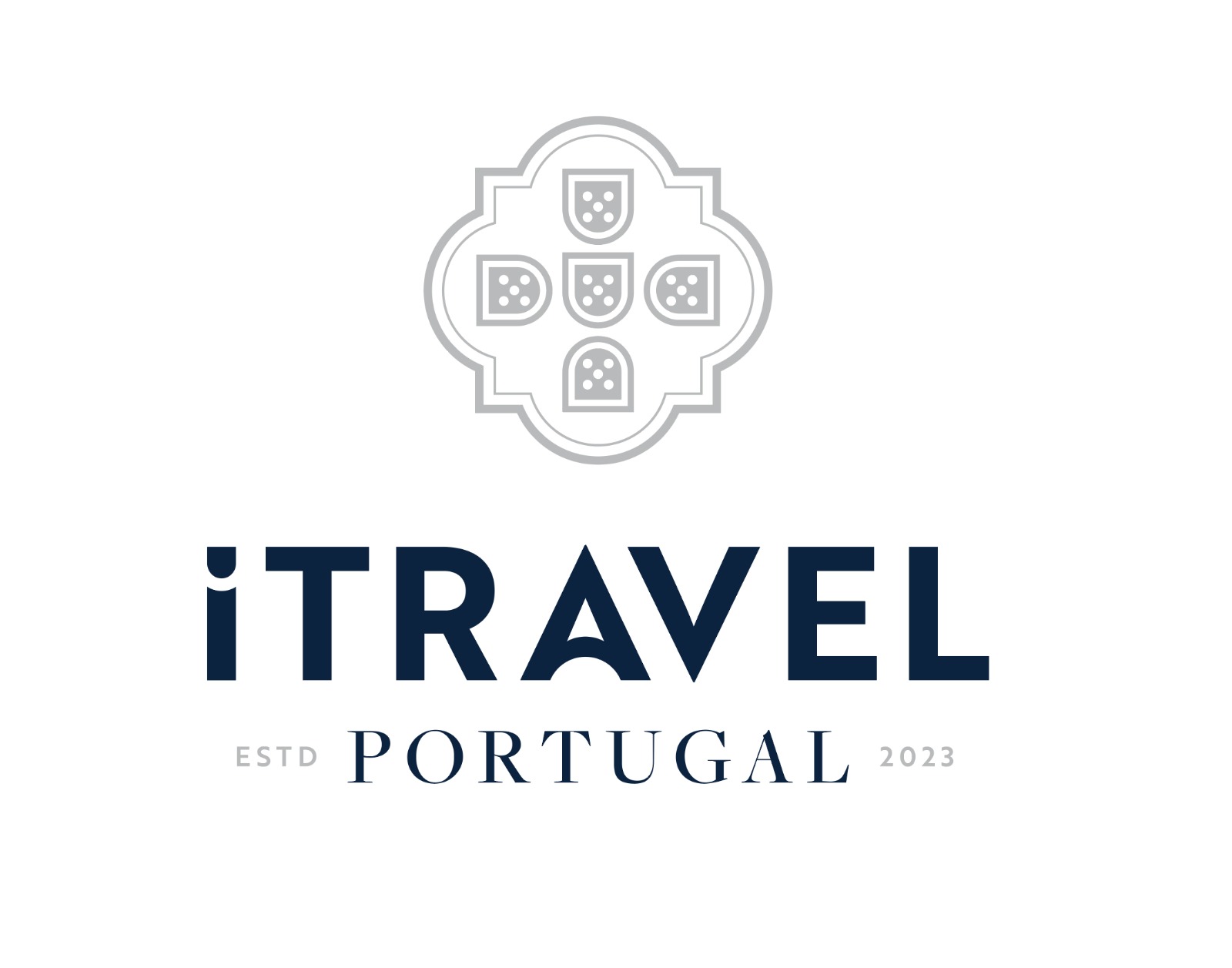PORTUGAL TIPS
Entry Formalities
Valid ID: European Union or Schenzen are citizens must travel with a valididentification (Citizen Card). Valid passport and visa are required for other citizens.
Visas can be waived, depending on the visitor´s country of origin
Arriving at airport
Also on the city centers, you can search MEO or NOS shops to compare prices.Exchange offices are located at baggage claim and arrival halls, but be aware fees are higher at the airport, and if you don’t need cash right away, you can find other stores or banks in the city centers. ATMS, either SIBS or Euronet are available throughout the airport.
Getting to the City Centre
Taxi pickup areas are outside the arrival zones. All fares are metered and it can cost around 30 € oneway, also there is a pickup area for Uber clients which can be slightlycheaper.
Either Porto and Lisbon airports have a Metro station, which is the ost affordable andecologic way of travelling to city center.
Transport Tips
To cover more land and visit remote inland areas, a road tour is a great option. You are not dependant on limited public transport schedules and you get to stop along the way to simply admire views or for a quick wellness break.
Ride-sharing apps are also available in Portugal, especially in the largest coastal cities. Their vehicles use the TVDE name tag on their front and rear windows so they’re easierto identify. In Lisbon, you’ll find Rideshares, Bolt, Uber, Lyft, Ola and Didi. Throughout the country, Bolt and Uber are the most common, but Lyft is also pretty popular.
Road Conditions
Paid toll motorways and high-traffic secondary roads are generally in great condition. Smaller, toll-free roads are usually narrow, curvy, and poorly lit at night.
Driving Basics
Drive on the right
The speed limit is 50km/h in urban areas; 90km/h in secondary roads and 120km/h on motorways
The blood alcohol limit is 0.5 g/l and the legal driving age is 18 years old.
Bus and Train
Along the coast most towns are well-served by a reliable and comfortable network of trains (cp.pt) and buses (rede expressos and Flix Bus). We recommend traveling by train in mainland Portugal it is environmentally better, affordable, and in less than 3 hours you can arrive at Porto coming from Lisbon.
Plane
TAP, Ryanair, Easy Jet and Sata Airlines operate regular domestic flights from and to: Lisbon, Porto, Faro, Azores and Madeira.
Safety
According to Global Peace Index 2023 (link), Portugal is placed on the top 7 safest countries in the world. Consistently ranks among the safest countries in the world year after year.
In simpler terms, Portugal believes that having good connections between its police and local people helps to fight crime more effectively. They focus a lot on stopping crime before it happens, such as teaching kids about safety in school and running campaigns against crime.
Portugal’s small size and population (11M) also help because it’s easier to keep things peaceful in a smaller area. We truly believe that Portugal has the best combination ofclimate and security in the world.
Crime rates are low, but you should use the same precautions regarding your belongings as you would back home.
Money Tips
The currency in Portugal is the euro. Each euro is divided into 100 cents.
When you’re buying currency for Portugal, look out for the currency code EUR. And once you’re in Portugal, you’ll see the symbol € used to show prices. You’ll find Euro banknotes in denominations of 5, 10, 20, 50, 100, 200, and 500 – although the 200 and 500 EUR notes are seldom used. There are also 1 and 2 euro coins. Cents come in coins of 1, 2, 5, 10, 20 and 50.
Visa and Mastercard are accepted at larger hotels, supermarkets, restaurants, shops, and markets. Small businesses prefer cash or payments with debit cards. Diners Club and American Express cards are not as widely accepted.
Non-EU residents can claim a vat refund for certain purchases at places boasting the tax-free shopping sign. You can apply at the airport.
Tipping is optional and not expected
ATMs are proactively at every corner in Portugal.
Best Season to Visit Portugal
For most travelers, the ideal seasons to visit Portugal is during the spring or fall. It hasthe best balance of weather, experiences, and costs. Here’s what you can expect:
Visiting in Spring and Fall
Timing: April-May and September-October.
Weather: Temperatures range from 14ºC to 25ºC with plenty of sunshine and daylighthours.
Activities: Ideal for hiking, cycling, golfing, birdwatching, and occasionally beach days (especially in early fall).
Crowds and Costs: During this seasons means fewer crowds, more availability, andlower prices for hotels, restaurants, and car rentals.
Regional Variations:
North (Green Landscapes): The rainiest region, offering lush landscapes, green hills, and forests.
South (Beach Weather): Alentejo and Algarve are the driest regions, likely to have warm, sunny weather almost every day.
Cities: Lisbon and Porto have less tourists, allowing for a more authentic experience oflocal life. Porto may have more variable weather compared to Lisbon.
Visiting in Summer
Timing: July and August.
Crowds and Costs: The busiest months with high accommodation rates and largecrowds, especially on the coast.
Weather: Very hot, particularly in the south. Coastal areas have moderate temperatures but are more crowded.
Cities: Lisbon and Porto are busy.
Outdoor Activities: Great for exploring natural parks like Serra da Estrela, Peneda Gerês, or Montesinho, and the north has more moderate temperatures.
Visiting in Winter
Timing: December to February.
Weather: Northern Portugal is rainy and cold. The Algarve and Madeira are sunny andwarm, around 20ºC.
Crowds and Costs: Coastal towns are quiet with many closed businesses, but offer the lowest accommodation rates.
Activities: Good for a peaceful, unhurried vacation with opportunities to explore naturein the south.
Best Season to Visit Portugal
Although Portugal is a small country, you’ll need at least 8 days to see its highlights. With a 8-day trip, you can explore the mainland from north to south, visit major citieslike Lisbon and Porto, discover world heritage sites, countryside villages, and relax onthe beach for a day or two.
However, 8 days won’t be enough to see everything, and you’ll quickly realize that thereare countless itineraries to choose from. The main challenge will be deciding whichplaces to include and which to skip. Here are some ideas for planning a 8-day trip on the Portuguese mainland:
Major Cities and Day Trips: Spend time in Lisbon and Porto, then take day trips to nearby attractions such as Sintra and Cascais from Lisbon, and Douro, Braga andGuimarães from Porto. Afterward, you can enjoy a couple of days relaxing on the beaches in the Algarve.
Road Trip: Alternatively, consider a road trip from north to south, staying in a newdestination each night and visiting coastal towns, countryside villages, and natural areas.
For detailed suggestions, check out our 8-day Portugal tours
12 days – A More Relaxed Pace
If you have 12 days, you can slow down and savor the country. This timeframe allowsyou to combine city visits, day trips to nearby towns and historical sites, and a road trip through the country. You’ll be able to visit all the major highlights and explore lesser-known destinations that few international visitors see. 12 days is an ideal amount oftime to experience the Portuguese mainland fully.
12 days – Explore the Islands
To explore all of Portugal, including the Azores and Madeira, plan for at least 12 days. This allows you to travel at a leisurely pace, without rushing from place to place. You can spend one week on the mainland and a week on the islands. Madeira and the Azores have plenty to offer, with beautiful landscapes, hiking opportunities, and aquaticexperiences to discover. Given the travel time between islands, it’s best to allocate atleast a week to each to fully enjoy your time there. Check our tour packages for visiting Madeira and Azores Islands.
Social Tips for Visiting Portugal
Learn to Say Thank You
In Portugal, thanking someone varies by gender. Women say “Obrigada” and men say”Obrigado.” It’s that simple, though you might hear different variations.
Greetings
When greeting someone or arriving somewhere, it’s customary to say “hi.” Use “Bom dia” until noon, “Boa tarde” after lunch, and “Boa noite” in the evening. If you want a simpler option, “Olá” (Hello) works at any time of day.
English Proficiency
Many Portuguese speak some English, particularly in cities and tourist areas. In places like Madeira and the Algarve, multilingualism is common, with many also speakingFrench, Spanish, and German.
Clothing Tips
The Portuguese are generally casual, but also conservative. Avoid wearing beachwearlike bikinis or going shirtless in restaurants, supermarkets, or other public places. For dinner, check if there’s a dress code, as some restaurants are strict. When visiting churches or religious sites, women should avoid showing shoulders or cleavage, andmen should wear long pants and closed shoes.





